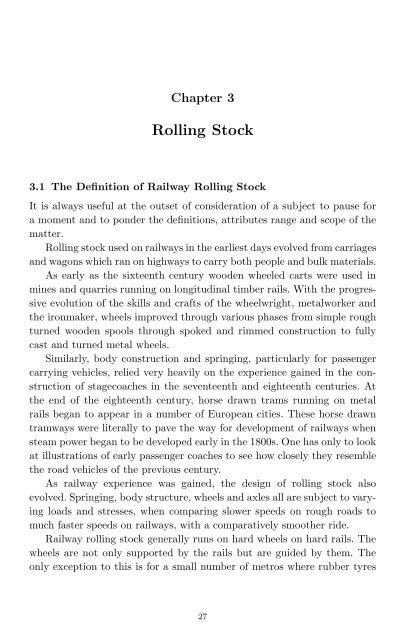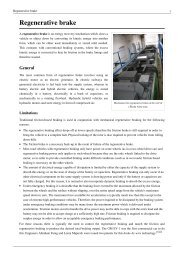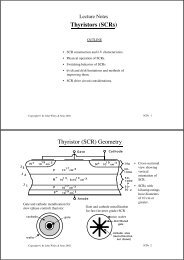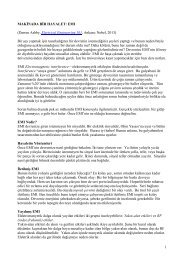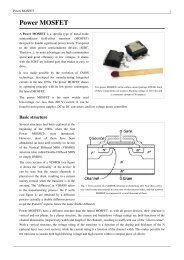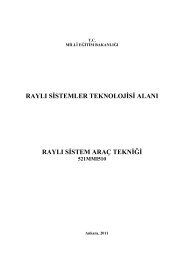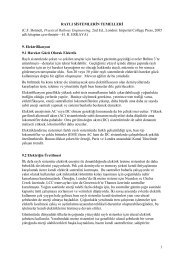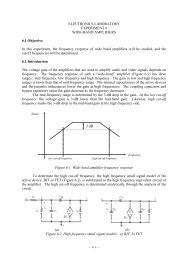2nd Edition
2nd Edition
2nd Edition
Create successful ePaper yourself
Turn your PDF publications into a flip-book with our unique Google optimized e-Paper software.
Chapter 3<br />
Rolling Stock<br />
3.1 The Definition of Railway Rolling Stock<br />
It is always useful at the outset of consideration of a subject to pause for<br />
a moment and to ponder the definitions, attributes range and scope of the<br />
matter.<br />
Rolling stock used on railways in the earliest days evolved from carriages<br />
and wagons which ran on highways to carry both people and bulk materials.<br />
As early as the sixteenth century wooden wheeled carts were used in<br />
mines and quarries running on longitudinal timber rails. With the progressive<br />
evolution of the skills and crafts of the wheelwright, metalworker and<br />
the ironmaker, wheels improved through various phases from simple rough<br />
turned wooden spools through spoked and rimmed construction to fully<br />
cast and turned metal wheels.<br />
Similarly, body construction and springing, particularly for passenger<br />
carrying vehicles, relied very heavily on the experience gained in the construction<br />
of stagecoaches in the seventeenth and eighteenth centuries. At<br />
the end of the eighteenth century, horse drawn trams running on metal<br />
rails began to appear in a number of European cities. These horse drawn<br />
tramways were literally to pave the way for development of railways when<br />
steam power began to be developed early in the 1800s. One has only to look<br />
at illustrations of early passenger coaches to see how closely they resemble<br />
the road vehicles of the previous century.<br />
As railway experience was gained, the design of rolling stock also<br />
evolved. Springing, body structure, wheels and axles all are subject to varying<br />
loads and stresses, when comparing slower speeds on rough roads to<br />
much faster speeds on railways, with a comparatively smoother ride.<br />
Railway rolling stock generally runs on hard wheels on hard rails. The<br />
wheels are not only supported by the rails but are guided by them. The<br />
only exception to this is for a small number of metros where rubber tyres<br />
27


